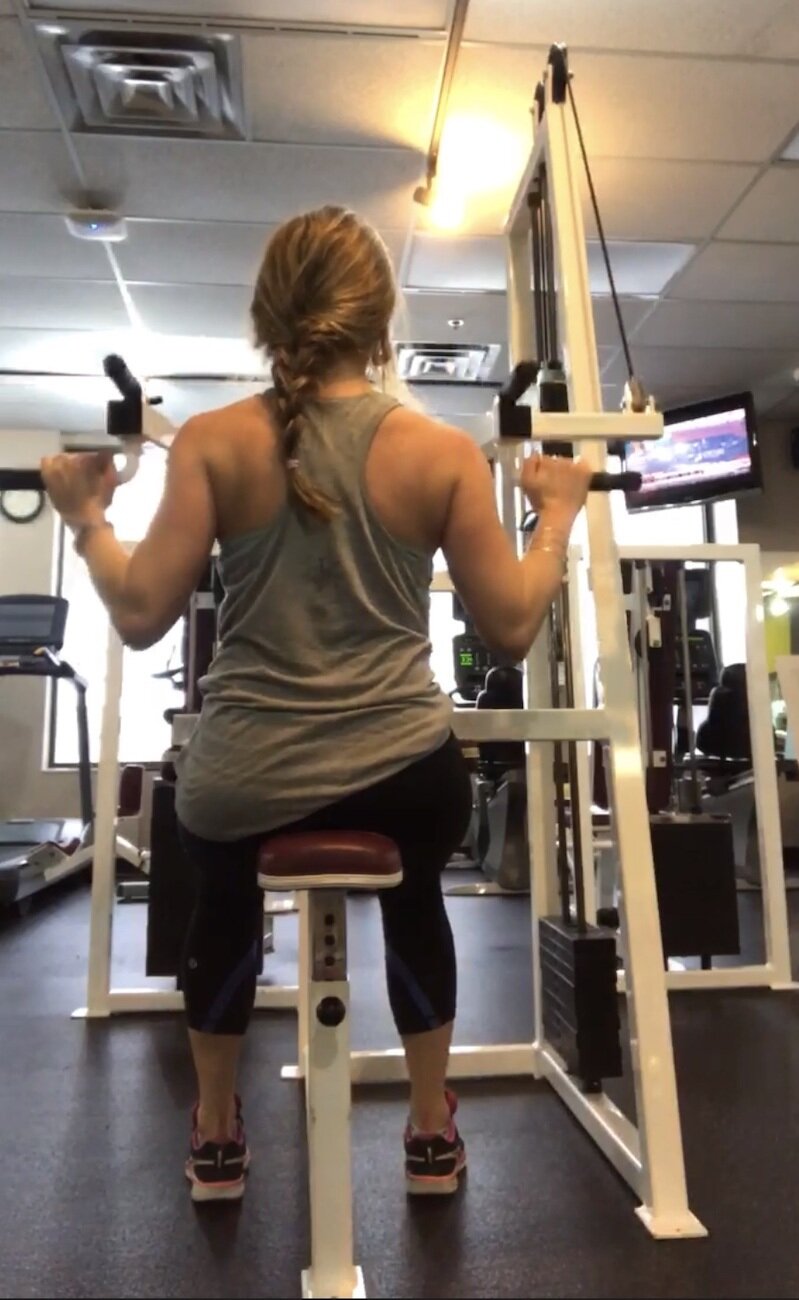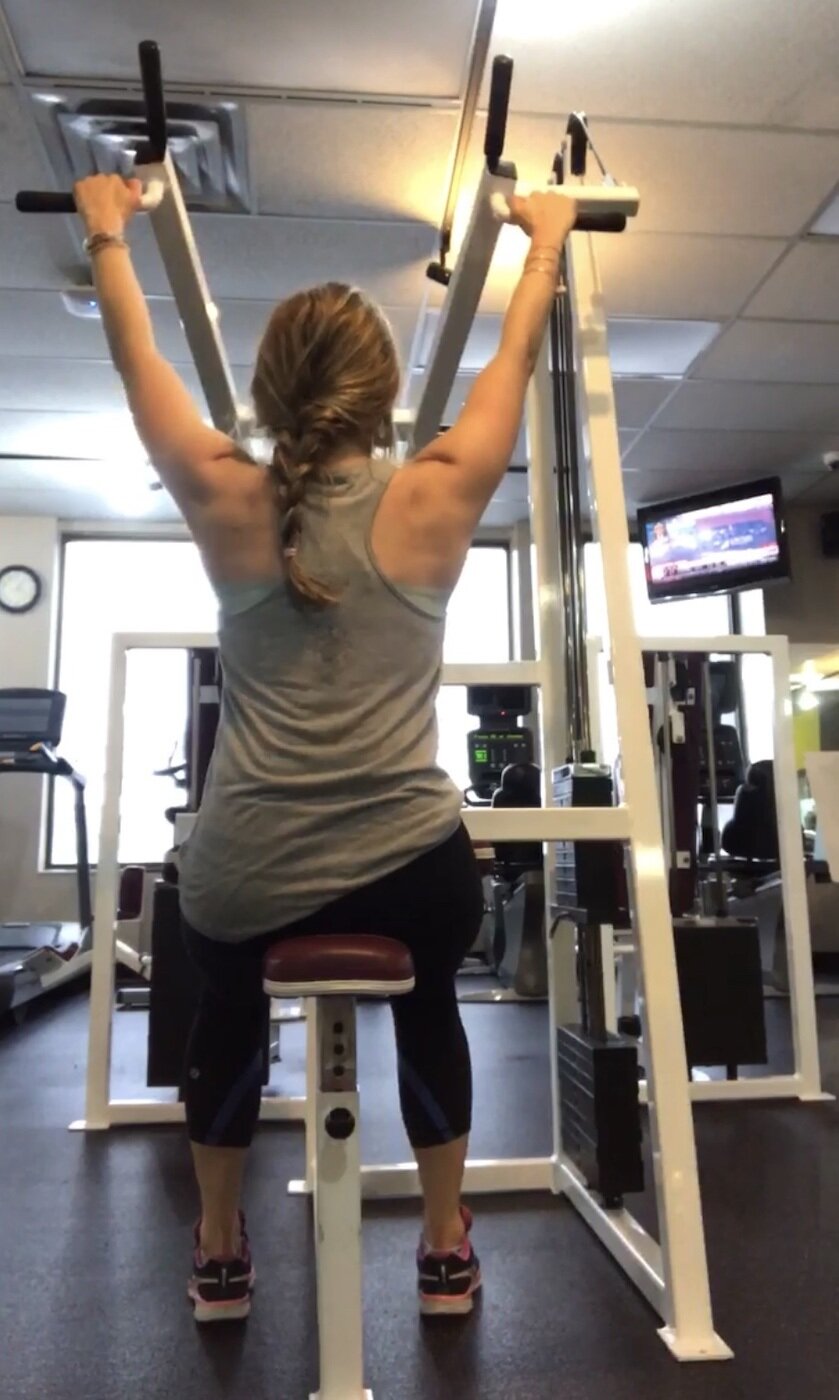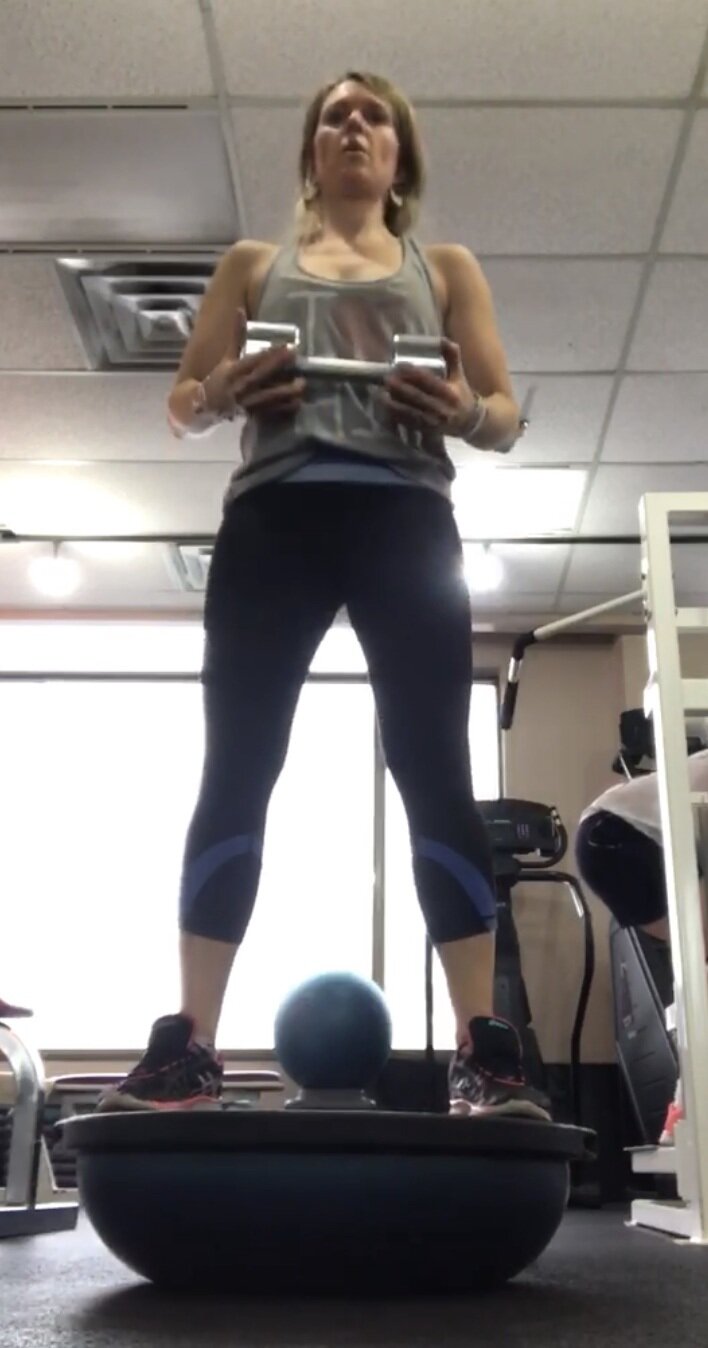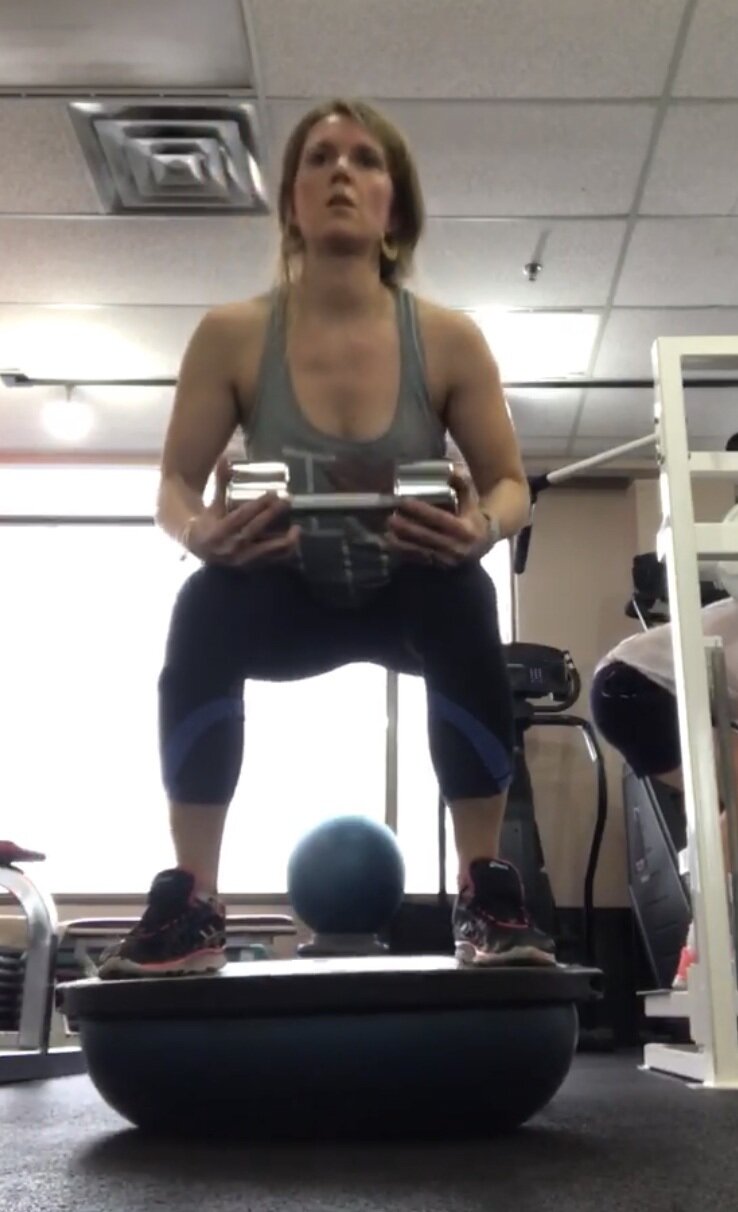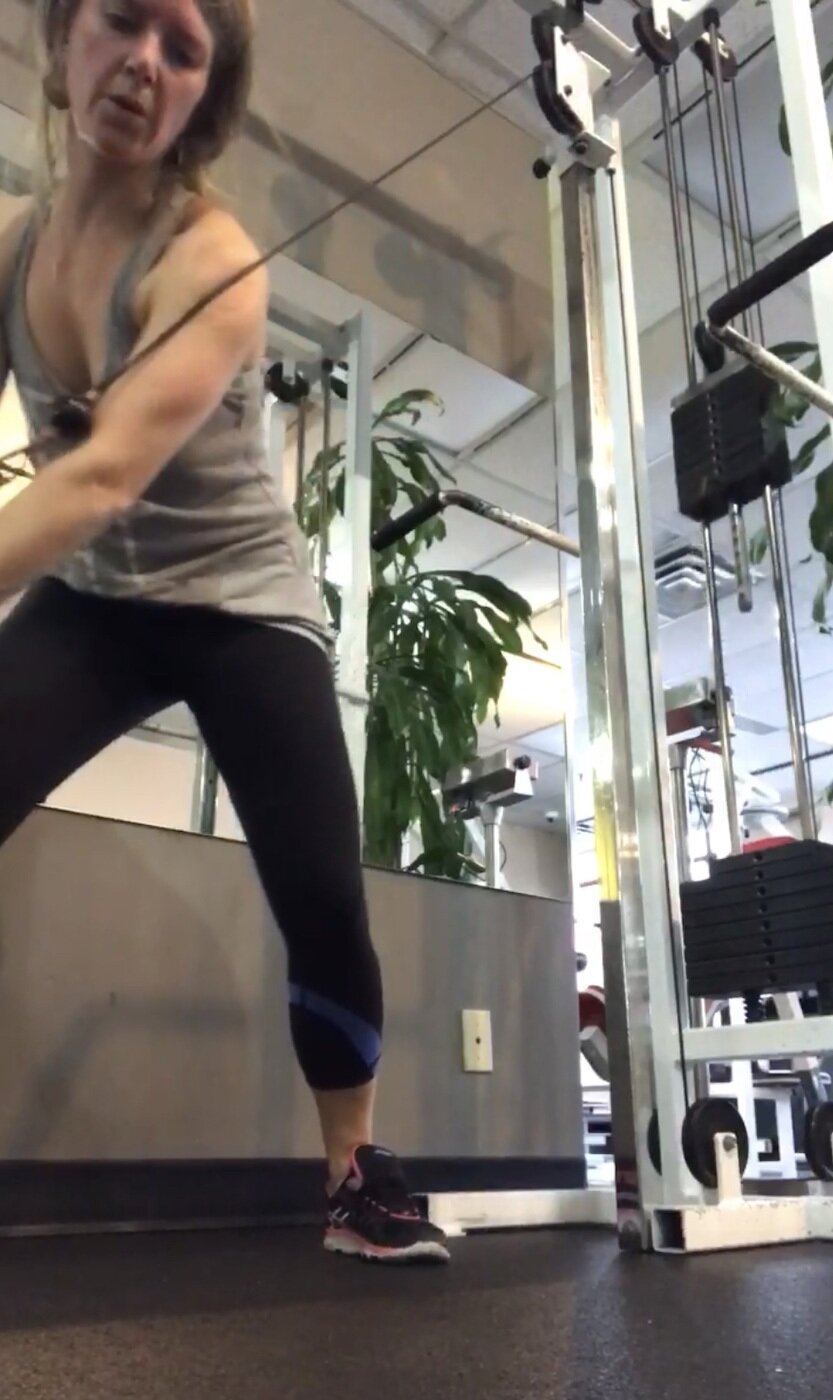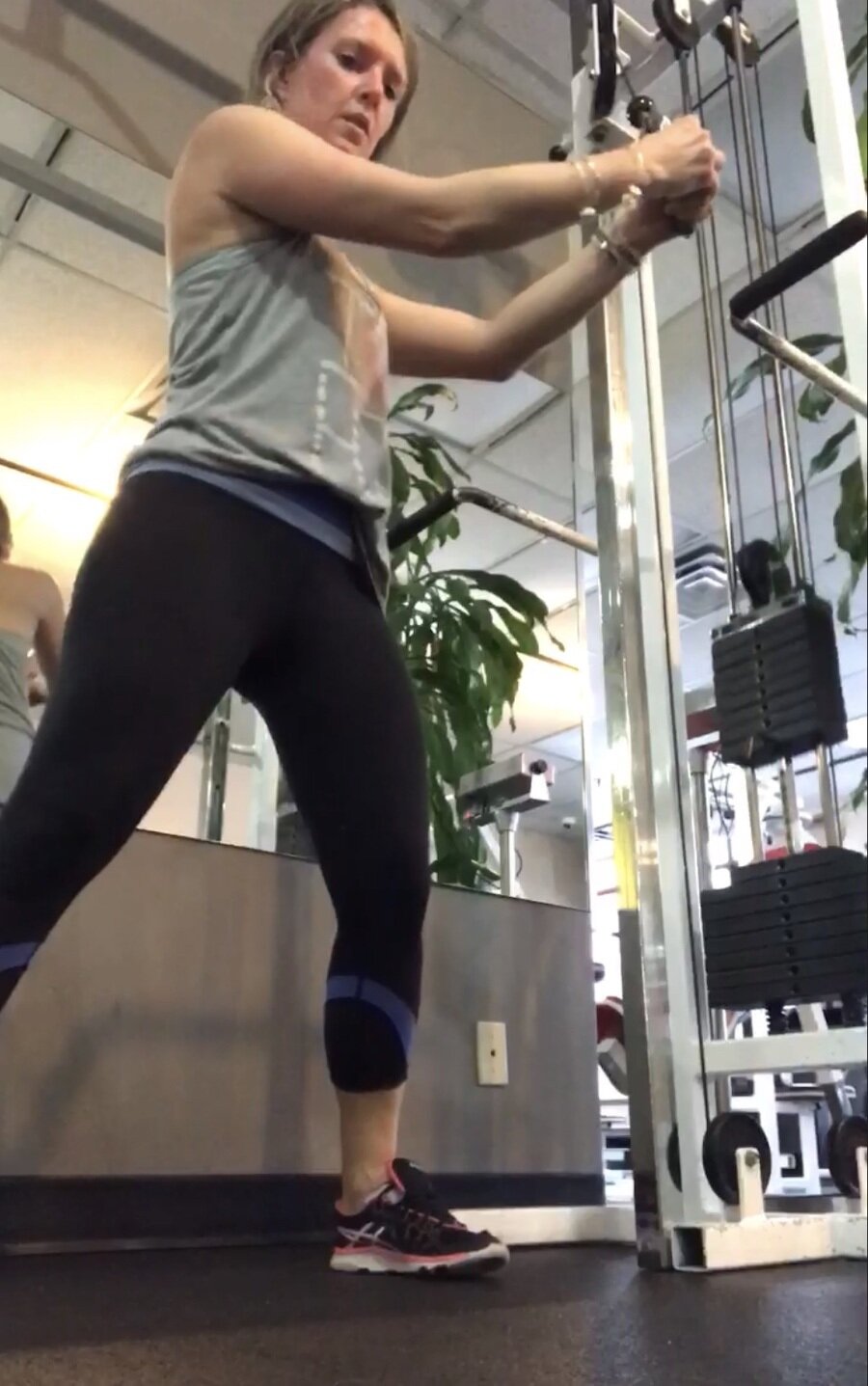Dry Land Training for SUP
The spring usually comes quite early in the Pacific Northwest - sometimes as early as March, which is when I usually start thinking about training my body for more paddling time on the water in the spring and summer months ahead.
But make no mistake, there is no real substitute for getting out on the water and paddling as much as possible to prepare you for more paddling! But when you can’t get out on the water, I think dry land training has a valuable place in preparing your body for the sport.
In the gym, I like to focus on core and upper back muscles, in addition to doing some balance and footwork drills. Here are a couple moves that I like to do in the gym once I’m warmed-up:
Pull-ups or some variation of lat-pull downs, which can help train the lats for the forward stroke. For pull-ups, you can use an assisted pull-up machine, or a squat rack with an elastic band for some assistance. A couple of tips: 1) if you are new to pull-ups, they are hard, and it’s normal; 2) Neutral grip has always been the easiest for me - meaning palms facing in (if your pull-up machine allows); 3) Engage and use your core help with the concentric motion of the pull-up - the tighter your muscles are - the lighter it will feel to pull yourself up.
Paloff Press with forward lunge - standing next to a pulley cable machine, adjust the latch to about chest height. You should start facing out, with your arm next to the cable machine. Start with the cable at the centre of your chest, and press it straight out in front of you as you lunge forward with your outer leg. Your core is working to stabilize and keep you balanced. Step back to the starting position. Perform say 10-15 reps, and repeat on the other side.
Woodchoppers - Standing next to a pulley cable machine, adjust the latch to above shoulder height. Grab onto the handle with your arms straight, and press down and across your body, almost like you chopping a piece of wood. This move trains your obliques as your torso rotates, in a similar way that it does in your forward stroke.
Footwork on the bosu ball
There are a couple of ways to use a bosu ball to practice footwork and balance:
1) Lateral weight bosu hop - Place two bosus on the floor, about as wide as your lateral lunge. Hold a weighted ball in your hands. Starting on one bosu, jump side to side from one bosu back to the other, keeping the weighted ball in your hand.This exercise works your core, balance and allows you to practice lateral footwork.
2) Bosu runners - Place one bosu down on the floor in front of you, and literally step up and down on and off the bosu at a quick pace as if you were almost running. This is not only a good cardio drill, but also requires balance and footwork.
3) Bosu squats - Place a bosu upside down on the floor in front of you. With a weight in your hand, carefully make your way onto the flat portion of the bosu, until feet are about hip width apart. Perform weighted squats. This exercise challenges both your balance and core.
Ladder drills - Place a ladder down on a flat floor, and get creative. Try doing say 10 lengths, of criss-crossing your feet in front of one another, moving sideways; or try practicing two steps in each ladder box, followed by two steps out as quickly as you can. This is both great cardio, and a chance to practice some fancy footwork that will translate into extra balance and ease of walking on your board.
There are many other drills that you can try to incorporate into your gym sessions to help you train for paddling in the months ahead. I would also recommend checking out the Rip Trainer and Indo boards as pieces of SUP-specific dry-land training equipment. More on those in another post!
Lastly, I would also highly recommend trying out a Fit Mat class in a pool (if you live in a cold climate where you can’t get out on the water in the winter). Fit Mat classes are usually fitness and/or yoga classes that take place on inflatable mats in the pool. In my classes, we practice footwork, balance and movement drills, in addition to lots of core work to get your sea legs ready for the season!
Check out my Float into Fitness Teacher Training to learn more.
Nikki Johnston is the owner of Sea to Sky Paddle Fit. She is a certified personal trainer, yoga teacher and Paddleboard instructor. She is also a Master Trainer for Paddle Into Fitness, but above all, an ocean lover.


